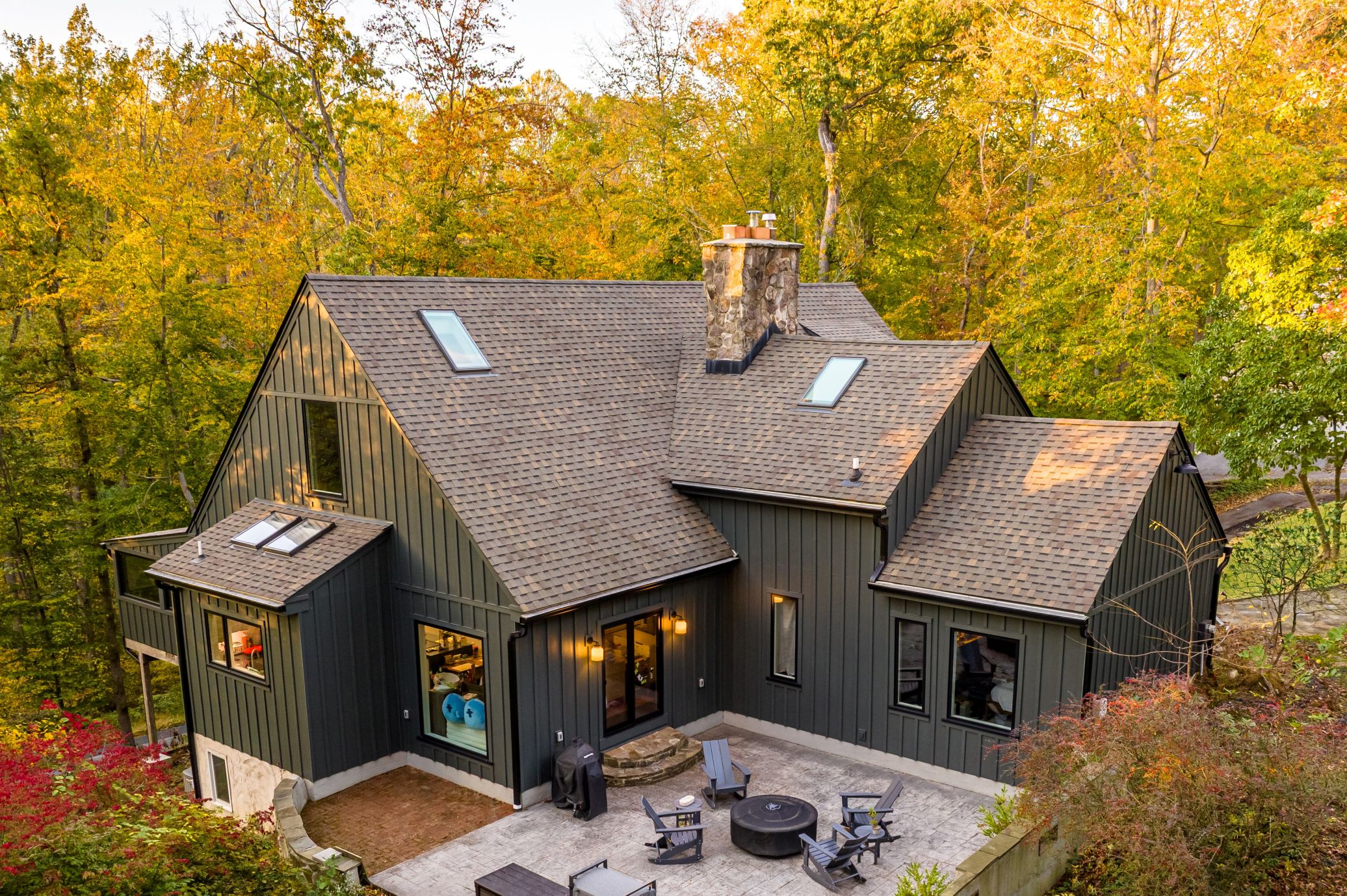Choosing the right material for your commercial roof is crucial not only for aesthetics but also for durability and energy efficiency. Whether you are constructing a new office building or replacing an old roof, understanding the available options can significantly impact your decision-making process. Here, we'll delve into the materials that commercial roofing companies frequently recommend, based on various factors such as cost, longevity, and performance.
TPO
One of the most common materials commercial roofing companies use is thermoplastic polyolefin (TPO). TPO roofing systems are known for their durability and energy efficiency. They can reflect sunlight effectively, which helps in reducing cooling costs during the summer. Furthermore, TPO is resistant to various types of environmental damage, including punctures, chemicals, and UV radiation.
EPDM
Ethylene propylene diene monomer (EPDM) is another popular choice among commercial roofers. Often referred to as "rubber roofing," EPDM is appreciated for its flexibility and resilience. In our professional experience, EPDM roofs can last for 20 to 30 years with minimal maintenance, making them a cost-effective solution in the long run. This material is particularly beneficial in regions with variable weather conditions, as it can expand and contract without causing damage.
Metal
According to a 2023 report from This Old House, metal roofing is the second-most popular material for commercial roofing projects. Metal roofs are frequently praised for their longevity; we've found that they often last 40 to 70 years with proper maintenance. They are also fire-resistant and thoroughly sealed, which is pivotal in preventing water damage. The energy efficiency of metal roofs is another key factor, as these roofs can reflect solar heat, contributing to lower cooling costs.
MBR
Modified bitumen roofing (MBR) is another material that commercial roofing companies frequently suggest. MBR consists of layers of asphalt combined with plastic or rubber polymers, making it extremely durable. The material can withstand heavy foot traffic, making it ideal for commercial buildings with rooftop HVAC systems or other equipment. Additionally, MBR is relatively easy to install and repair, making it a highly convenient choice for busy commercial properties.
BUR
Finally, built-up roofing (BUR) systems are often recommended for flat or low-slope commercial roofs. BUR systems are composed of multiple layers of bitumen and reinforcing fabrics, making them highly durable. They are constructed to handle significant weight and foot traffic, making them ideal for roofs that host equipment or experience regular maintenance activities. Furthermore, BUR systems offer excellent fire resistance, adding an extra layer of safety to commercial buildings.
Choosing the right material for commercial roofing is contingent on various factors, including the building's location, intended use, and budget constraints. TPO, EPDM, metal, MBR, and BUR are all popular materials that offer distinct advantages. Each of these materials has proven effective in enhancing a building's durability, energy efficiency, and overall resilience By consulting with professional commercial roofing companies, you can evaluate these options in more detail and select the best material for your specific needs. If you're looking for qualified professionals to assist you with an upcoming commercial roofing project, contact Smucker Exteriors today.












